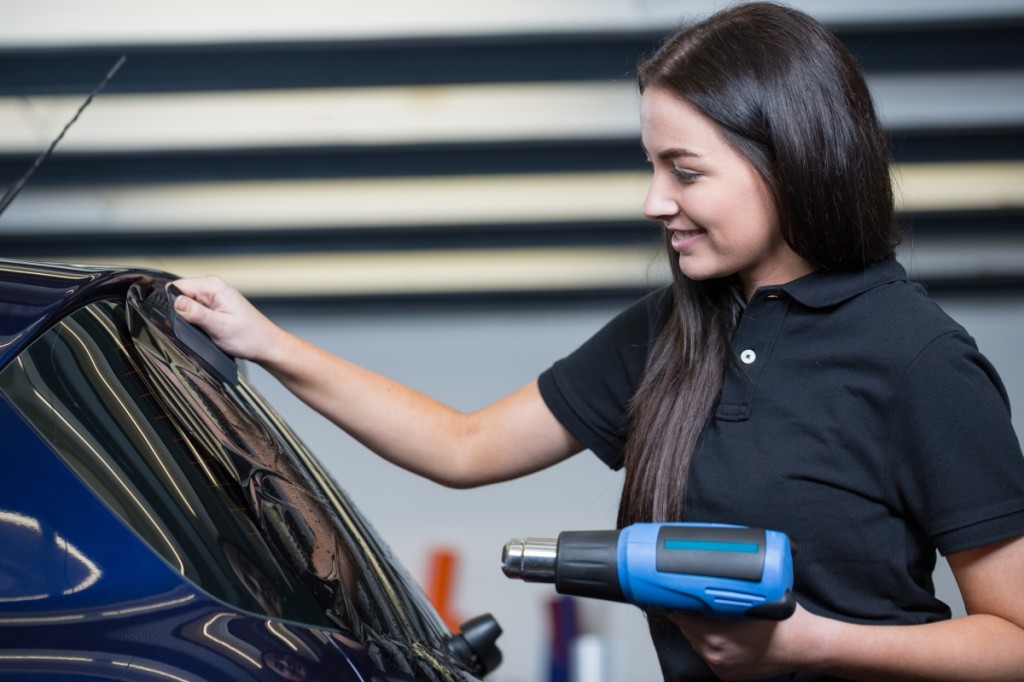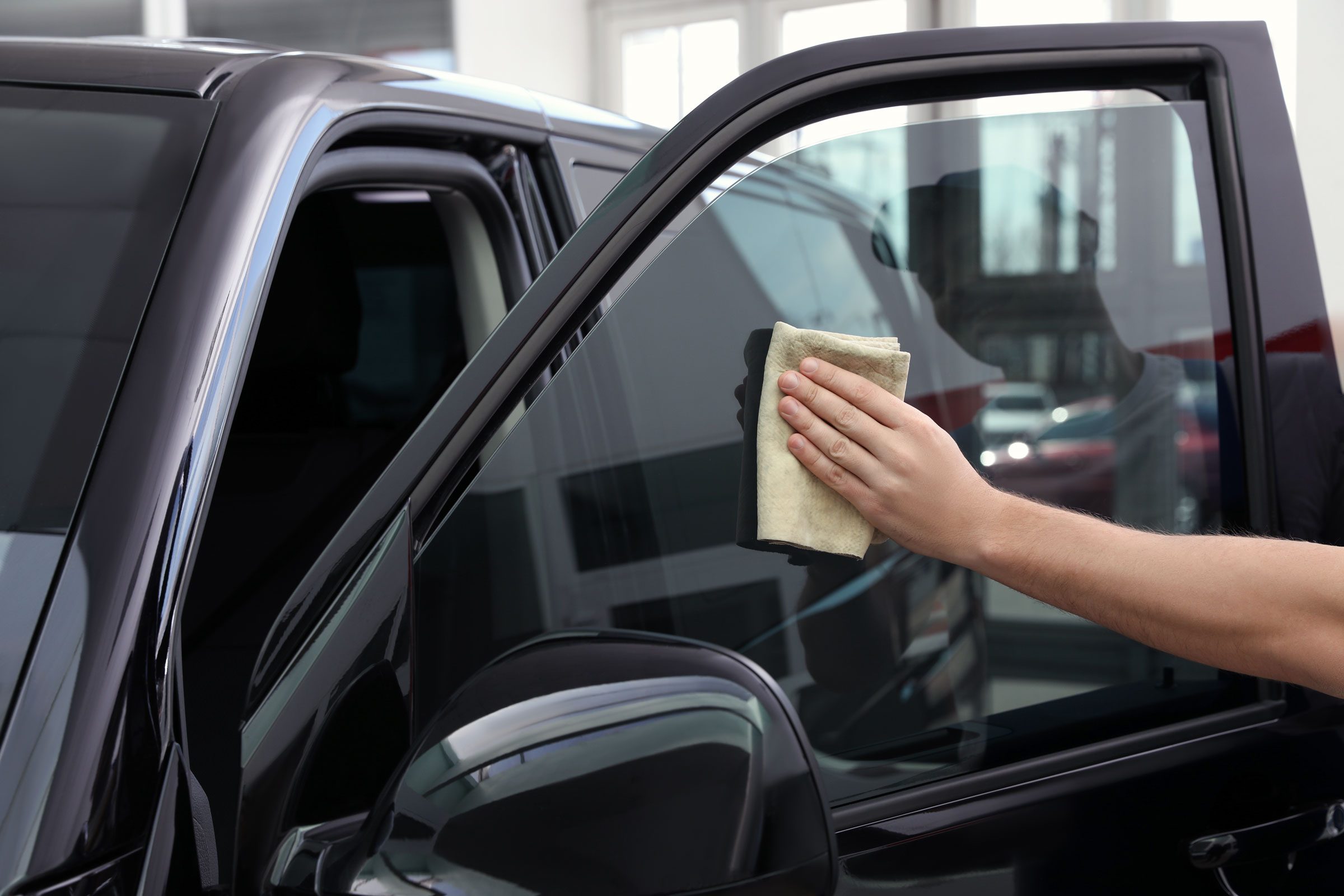The Benefits of window tinting for UV Security and Interior Long Life
The Benefits of window tinting for UV Security and Interior Long Life
Blog Article
Checking Out the Various Kinds of Home Window Tint for Cars and Their Benefits

Colored Window Tint
Dyed home window color is a preferred option among cars and truck owners looking for to improve personal privacy and minimize glare while maintaining a stylish look. This sort of color is produced by including color right into the sticky layer, which is then related to the home windows of the automobile. The primary appeal of colored home window color hinges on its capability to offer an aesthetically pleasing look without giving up performance.
One of the most substantial benefits of colored window color is its ability to obstruct unsafe UV rays, helping to protect both travelers and the car's interior from sun damages. Additionally, this tint properly decreases glow, adding to an extra comfortable driving experience, particularly during bright daytime conditions. The strengthening of home window color also includes a layer of privacy, making it more challenging for outsiders to see inside the automobile.
However, it is important to keep in mind that while colored window color uses various advantages, it may not offer as much warmth being rejected as various other sorts of tints. In addition, its durability can be affected by direct exposure to long term sunshine, potentially leading to fading gradually. In general, dyed window color continues to be a favored choice for those focusing on appearances and basic sun defense.
Metalized Window Tint
Metalized home window tint represents an innovative alternative for auto proprietors looking to improve both performance and visual appeals. One of the primary benefits of metalized home window tint is its superior warmth being rejected abilities, which can considerably reduce the indoor temperature of a vehicle.
Moreover, metalized colors provide increased durability contrasted to dyed movies, making them resistant to fading and scratching. This long life guarantees that the color preserves its effectiveness and look in time, providing long-lasting value.
Additionally, metalized home window tint can improve privacy and protection by making it harder for outsiders to see inside the automobile. The reflective quality of the color can also discourage potential burglary, as prized possessions are less noticeable (window tinting). While it may disrupt some electronic signals, such as GPS or cellular phone function, the total advantages make metalized window tint a compelling selection for several vehicle owners
Ceramic Home Window Tint
Using innovative innovation and unmatched performance, ceramic home window color has emerged as a leading selection for discerning cars and truck owners. This innovative movie is made up of innovative ceramic particles that supply substantial heat rejection while maintaining clearness and presence. Unlike traditional tints, ceramic window color does not depend on steel or color, which can interfere with electronic signals from gadgets such as GPS and mobile phone.
Among the standout advantages of ceramic home window color is its remarkable UV security. It blocks as much as 99% of unsafe ultraviolet rays, thereby protecting both the lorry's interior and its residents from sun damage. Additionally, this sort of tint enhances privacy without compromising visibility, making it a useful option for daily drivers and luxury vehicles alike.
Ceramic window color additionally flaunts longevity; it is immune to fading and damaging, making certain lasting performance. Its non-reflective nature suggests it does not create glare, contributing to safer motoring problems (window tinting). For those seeking a premium color option that integrates visual appeals with functionality, ceramic window color attracts attention as a premium option, providing enhanced convenience and security when driving
Carbon Window Tint
When it involves window tinting options, carbon home window tint has actually gotten popularity for its mix of efficiency and affordability. This kind of tint is made up of carbon bits, which offer a distinct matte surface that enhances the visual appeal of lorries. One of the primary advantages of carbon home window tint is its capacity to block a significant quantity of hazardous UV rays, shielding both the automobile's interior and its passengers from skin damage and fading.
Additionally, carbon home window tint uses excellent warm rejection residential or commercial properties, lowering the requirement for too much air conditioning and enhancing fuel efficiency. Unlike dyed colors, carbon tints do not fade with time, preserving their performance and appearance for many years. This longevity makes them a useful selection for auto owners seeking lasting value.
Furthermore, carbon home window color is non-metalized, which means it does not interfere with digital signals, making it ideal for vehicles outfitted with GPS, Bluetooth, and other cordless modern technologies. The balance of expense, performance, and aesthetic charm has actually developed carbon home window tint as a preferred option for lots of lorry owners. Ultimately, it serves as a trustworthy remedy for those looking to enhance comfort while guaranteeing style.
Factory Tint
Factory tint, likewise understood as OEM tint, refers to the tinting that is related to car windows during the manufacturing process. This web kind of tint is generally integrated into the glass itself, offering an uniform look and regular degrees of shielding across all windows. The primary purpose of manufacturing facility color is to lower glow and improve traveler comfort while offering a degree of UV security.

While manufacturing facility color uses fundamental advantages, it may not offer the exact same level of heat rejection or privacy as higher-grade aftermarket tints. Therefore, automobile proprietors looking for improved performance may take into consideration added tinting choices, while still valuing the visual allure and capability manufacturing facility tint provides.
Conclusion

Nevertheless, it is important to keep in mind that while dyed home window tint supplies many advantages, it may not provide as much warmth denial as other types of colors. For those seeking a costs color option that combines looks with functionality, ceramic home window tint stands out as a remarkable choice, delivering boosted comfort and security on the road.
When it comes to window tinting alternatives, carbon window tint has actually gained popularity for its mix of More hints performance and cost.Manufacturing facility color, likewise understood as OEM tint, refers to the tinting that is used to car home windows throughout the manufacturing process. The specific degree of tint can vary depending on the automobile manufacturer and model, with some automobiles including more considerable color on back windows than on front home windows.
Report this page